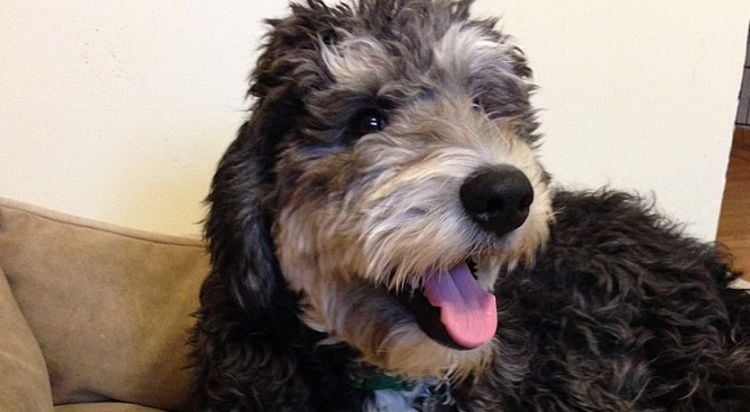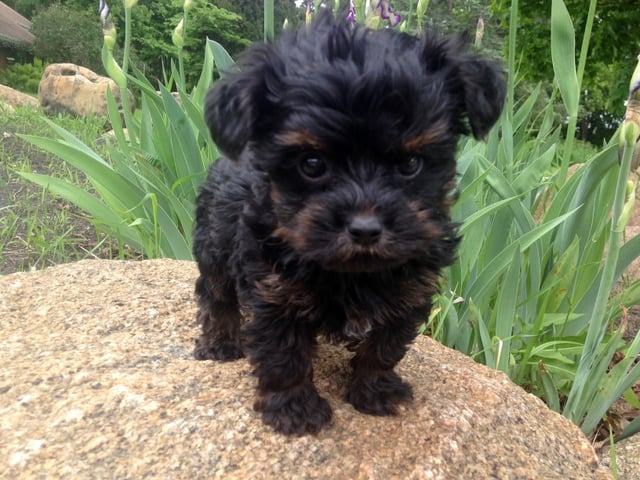15 Dog Breeds That Look Sweet But Can Be Surprisingly Snappy

Sweet faces and tiny paws don’t always spell peace. Some of the most photogenic pups in the world are also some of the most temperamental. It’s not always about bad training—sometimes it’s baked in. So, let’s break down 15 cute breeds that often show more attitude than expected.
Chihuahua

A fierce attitude wrapped in a tiny frame, the Chihuahua often lashes out when it feels threatened or ignored. Their deep loyalty to one owner can fuel territorial behavior and frequent snapping. Despite weighing under 10 pounds, they’ve ranked among the most aggressive small breeds in multiple behavioral studies. Early training is essential to prevent nipping and biting.
Cocker Spaniel

Not all Cocker Spaniels live up to their gentle reputation. Some suffer from a condition called “rage syndrome,” which triggers sudden, intense aggression without an obvious cause. It’s more common in poorly bred lines and requires careful handling. Even without the syndrome, they can become reactive when overstimulated or challenged.
Dachshund

Beneath their playful waddle lies a stubborn, sometimes snappy temperament. Originally bred to chase and fight badgers, Dachshunds don’t hesitate to show dominance, even with people. They’re known for biting during grooming or when handled incorrectly. Without firm, positive reinforcement, they can become highly possessive of food and toys.
Jack Russell Terrier

Small yet explosive, Jack Russells often display aggressive behaviors if their mental and physical needs are not met. Boredom and lack of discipline can quickly escalate into nipping or full-on attacks. They’re notoriously fearless and may pick fights with much larger dogs. Proper socialization from a young age is vital.
Papillon

Despite their butterfly-like ears and graceful gait, Papillons can be unexpectedly combative. They’re prone to guarding behaviors and dislike rough handling, especially from children. When anxious or provoked, they may bark excessively or nip. Their intelligence is best channeled through obedience training and interactive play.
Shih Tzu

Originally bred for royalty, Shih Tzus can become fiercely possessive of their owners. Aggression often surfaces during grooming or when they’re startled from sleep. While typically affectionate, they may snap when boundaries are crossed. Inconsistent discipline and a lack of social exposure often worsen their defensive behavior.
Lhasa Apso

Lhasa Apsos were once palace guard dogs in Tibet, which explains their bold, protective nature. They’re suspicious of strangers and often react with growling or biting if approached too quickly. Unlike their fluffy appearance suggests, they need firm boundaries and early obedience work. Mishandling can easily trigger defensive aggression.
Pekingese

These regal lapdogs carry a surprisingly strong sense of entitlement. Pekingese can become irritable and nippy if they feel disrespected or mishandled. Their short muzzles also contribute to discomfort-based reactions. Without patient socialization, the dog’s strong-willed temperament can lead to confrontations with both pets and people.
Shetland Sheepdog

Shetland Sheepdogs, or Shelties, are highly intelligent and alert, but their sensitivity can fuel fear-based aggression. Loud noises or unfamiliar people may trigger reactive barking or snapping. The dogs’ herding instincts make them prone to chasing and nipping at heels. Calm, consistent environments help reduce this behavior.
Pomeranian

Pomeranians often see themselves as much larger than they are, which leads to bossy and sometimes aggressive behavior. They may bark incessantly, challenge bigger dogs, or snap when corrected. Pomeranians’ feisty nature makes them loyal but reactive.
Beagle

Though friendly by nature, Beagles can display food aggression and stubbornness that escalates to growling or biting. Beagles’ strong prey drive and independence often make them hard to train. Without structure, they may challenge authority or react poorly to discipline. Pack hierarchy is essential in managing their assertive tendencies.
Boston Terrier

Boston Terriers are often playful and affectionate, but poor breeding and lack of stimulation can result in short tempers. They may snap if startled or restrained suddenly. Their stubborn streak and high energy can lead to reactive behavior if not channeled properly. Early social exposure helps prevent defensive habits.
Maltese

This dainty breed can become surprisingly territorial, especially when overindulged. Maltese dogs often bark excessively and nip at strangers approaching their owners. If not trained to share attention, they can become aggressive out of jealousy. Firm boundaries and consistent discipline are necessary to balance the dogs’ behavior.
Cavalier King Charles Spaniel

Usually gentle, some Cavaliers become aggressive when in pain or stressed, particularly due to common health issues like syringomyelia. This condition can cause severe sensitivity around the neck. They may bite when touched in sore areas. Knowing their medical history and watching for discomfort is critical in avoiding aggression.
Pug

Pugs are known for being charming, but respiratory issues can cause irritability and defensive snapping. They also dislike being woken abruptly. While not naturally combative, their discomfort or anxiety can lead to surprising outbursts if not properly managed.





